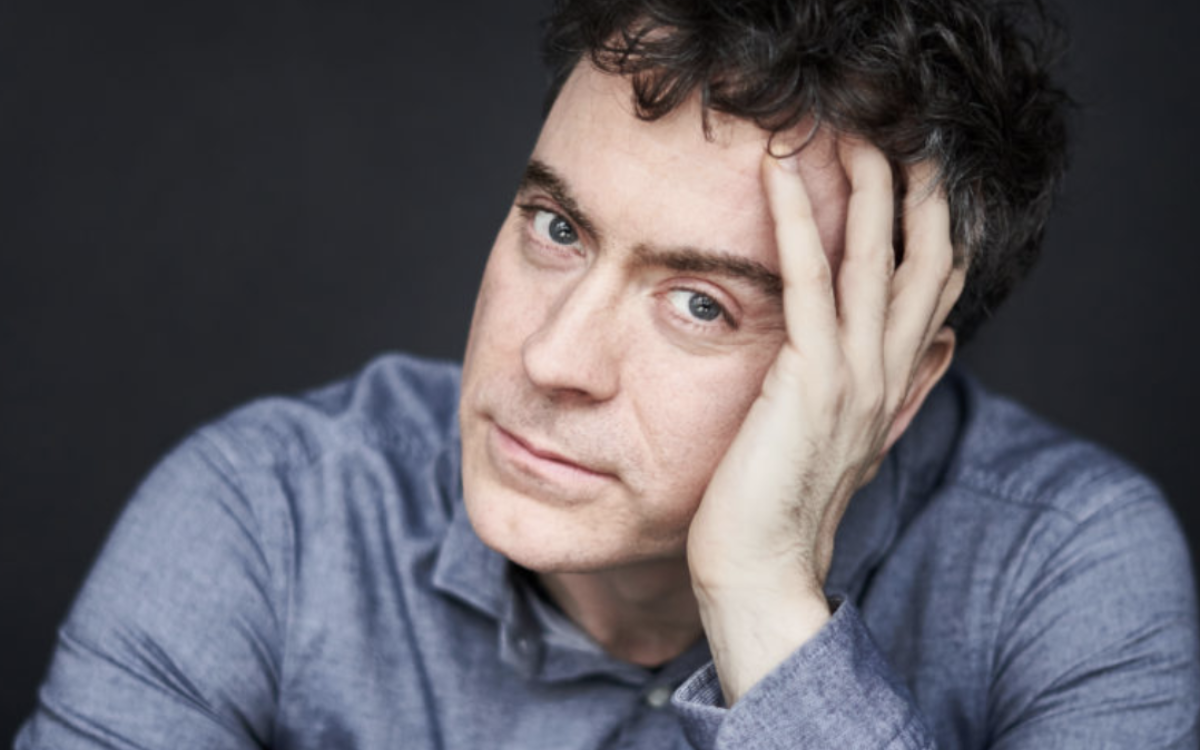Concerto for Piano and Orchestra
Composition and premiere: Copland began his Piano Concerto in January 1926 at the suggestion of Serge Koussevitzky for the Boston Symphony Orchestra. He wrote much of it in France in the summer of that year and completed it in November in New York City. Copland was soloist in the premiere with Koussevitzky conducting the BSO in January 1927. First Tanglewood performance: July 18, 1954, Charles Munch leading the BSO and soloist Leo Smit. (Copland himself was soloist for a Tanglewood on Parade performance with the BSO on August 7, 1958.)
Although the major orchestras of the United States didn’t exactly ignore Copland in the first years after his return from Europe, it was Serge Koussevitzky and the Boston Symphony Orchestra with whom the composer developed the closest working relationship. In Paris in the early 1920s Copland studied with Nadia Boulanger, who knew most of the important musicians of the day. When in 1923 she heard Koussevitzky was to become conductor of the BSO, she quickly moved to introduce him to the young American composer. Koussevitzky’s respect for the Copland grew to a point where the younger man became an important source for the conductor’s knowledge of the newest American music, and many of the Boston Symphony’s performances of American composers’ works in Koussevitzky’s first years with the BSO can be traced directly to Copland’s influence.
The first of Copland’s pieces to be performed by the Boston Symphony was his Organ Symphony in 1925, during Koussevitzky’s first season as BSO conductor. Written for Boulanger as organ soloist at Koussevitzky’s insistence, this had been planned while all three were still in Paris. The premiere of Music for the Theatre followed quickly in November 1925, and the following season, Boston audiences witnessed yet another premiere, the Piano Concerto, this time featuring the composer himself as soloist. Koussevitzky’s early suggestions or requests for pieces didn’t translate to what we now consider commissions; rather, they represented a promise to perform the work requested. Just a few years later, to celebrate the BSO’s 50th anniversary, Koussevitzky and the orchestra pioneered the practice of orchestral commissions.
When Koussevitzky told Copland, as he had told Stravinsky in 1922, “If you write a piano concerto, you can play it yourself,” Copland realized the potential rewards of becoming better known as a performer, but in addition he foresaw the opportunity to give his jazz-inflected musical idiom, first hinted at in the Organ Symphony and then developed extensively in Music for the Theatre, the American performer’s touch that would bring it genuinely to life. Copland’s decision to use jazz-inflected music in the concerto came partly from Nadia Boulanger’s encouragement of his search for a specifically American musical idiom. Jazz was in the air, both in Paris—where it was one of many exoticized elements of musical cosmopolitanism for Stravinsky, Ravel, Milhaud, and plenty of others—and in its “native” form in New York City, where Copland was born and raised and where he returned after his European studies. Gershwin’s Rhapsody in Blue and Concerto in F were contemporary to, and likely influential for, Copland’s jazz-influenced pieces.
The two-movement Piano Concerto portrays two basic qualities of 1920s American popular music: melancholy blues in the first movement, and invigorated, syncopated jazz for the second. Copland described the relationship of soloist and ensemble: “The piano is the main character in a play, carrying on a dialogue with the orchestra and conversing with the other instruments.” Note, for example, how the orchestra’s opening idea is taken up for discussion by the soloist. This kind of exchange is maintained throughout the piece.
Although Copland’s moods and the details of his material are taken from jazz, the development of those materials is fundamentally symphonic, from the simple polyphony of the opening to the sonata-form structure of the second movement. Copland’s first-movement song is actually based on a traditional blues; as Copland pointed out, Gershwin used similar material in his Prelude No. 2 for piano. The second movement begins with piano solo, which after a few wryly awkward measures announces the first theme, a falling dotted-rhythm gesture not quite a melody. This gets batted around a bit before the syncopated, upward-moving second theme is heard on solo saxophone. This, too, is turned out in many guises by soloist and ensemble, including in the rhythmically tricky cadenza for the piano alone. The bittersweet music of the first movement returns briefly after the development, but the piece ends with up-tempo excitement.
Composer and writer Robert Kirzinger is the Boston Symphony Orchestra’s Director of Program Publications.

